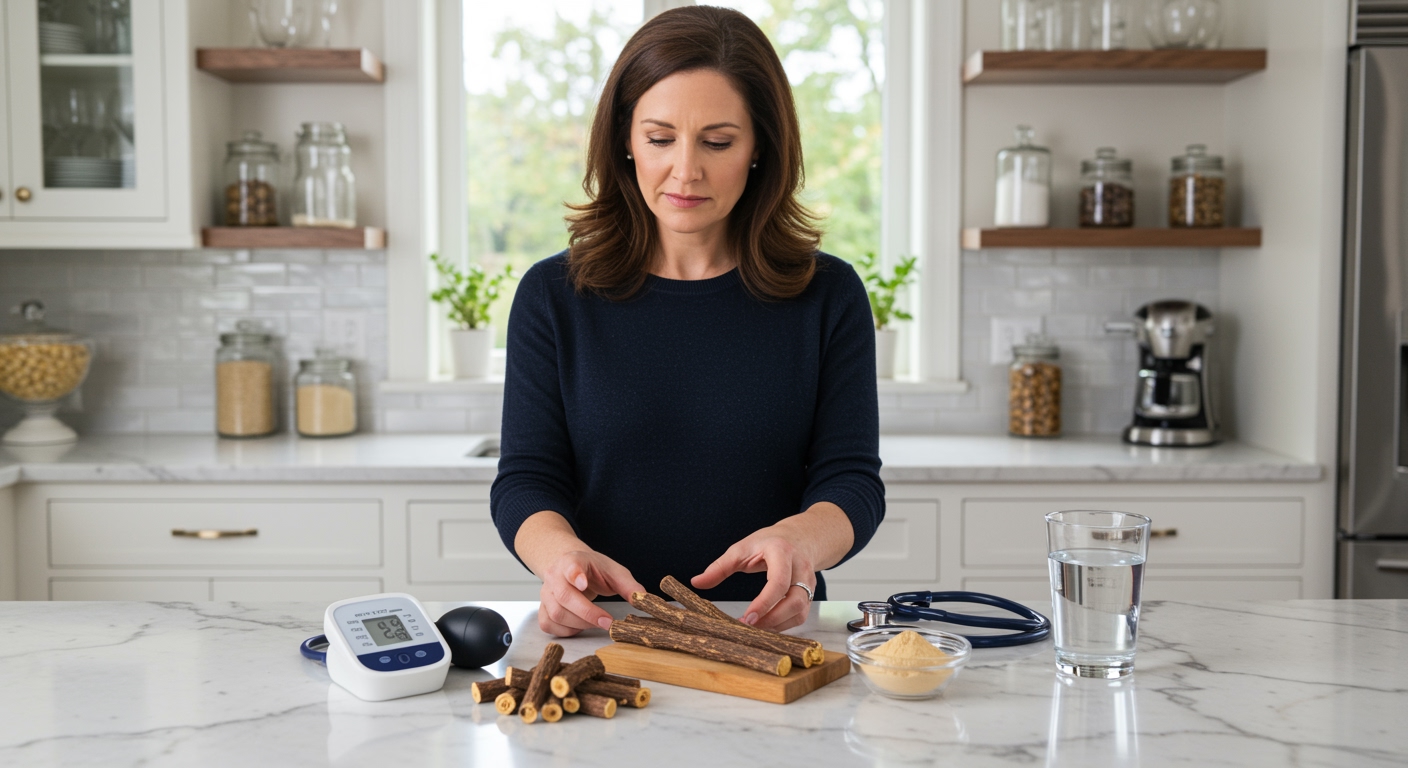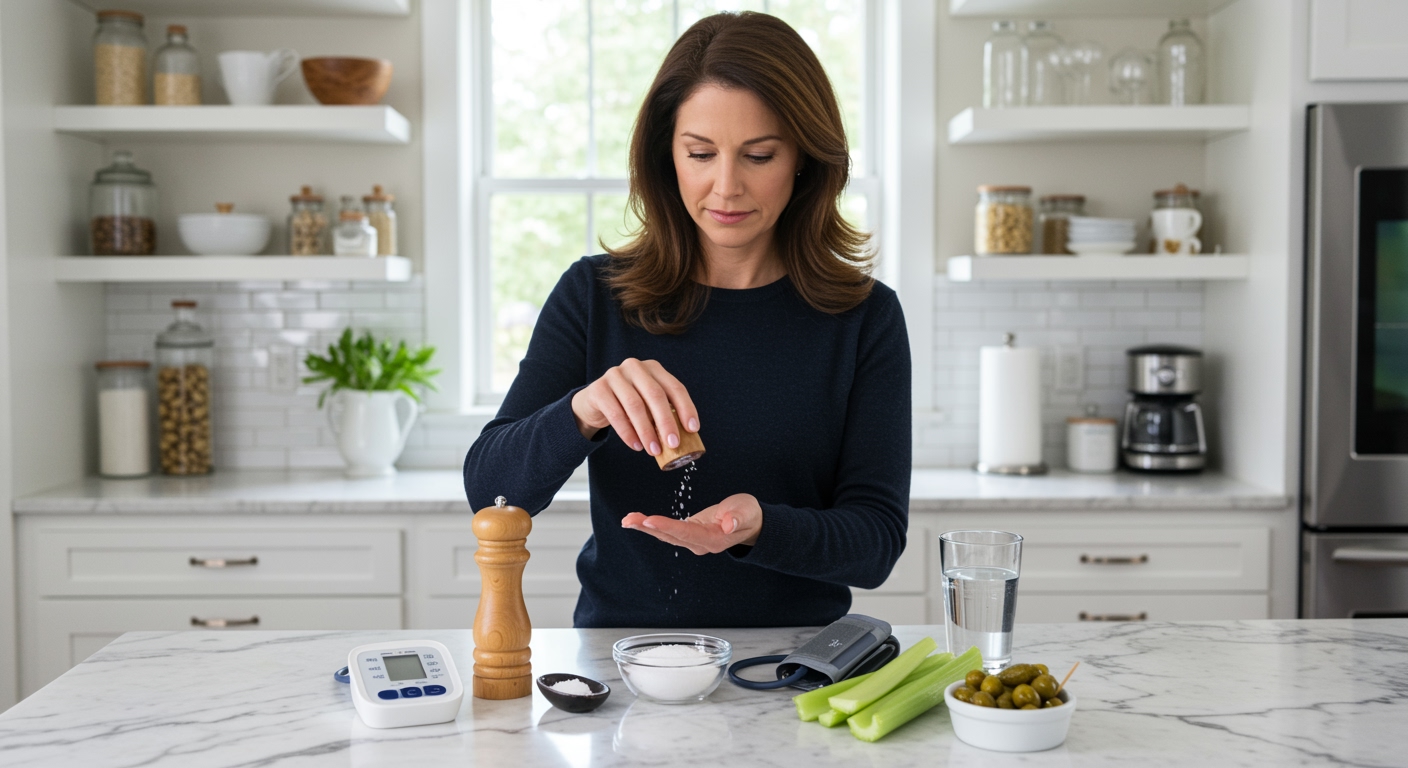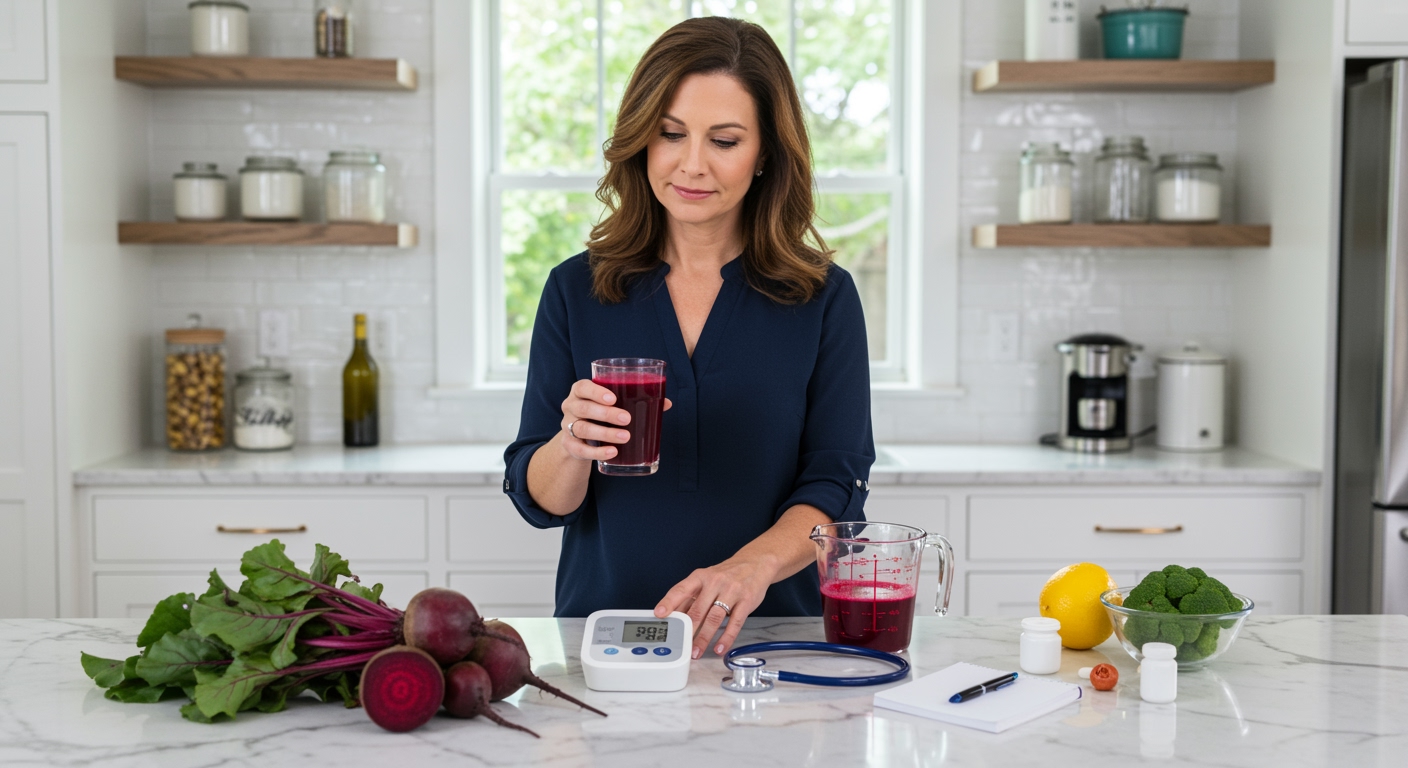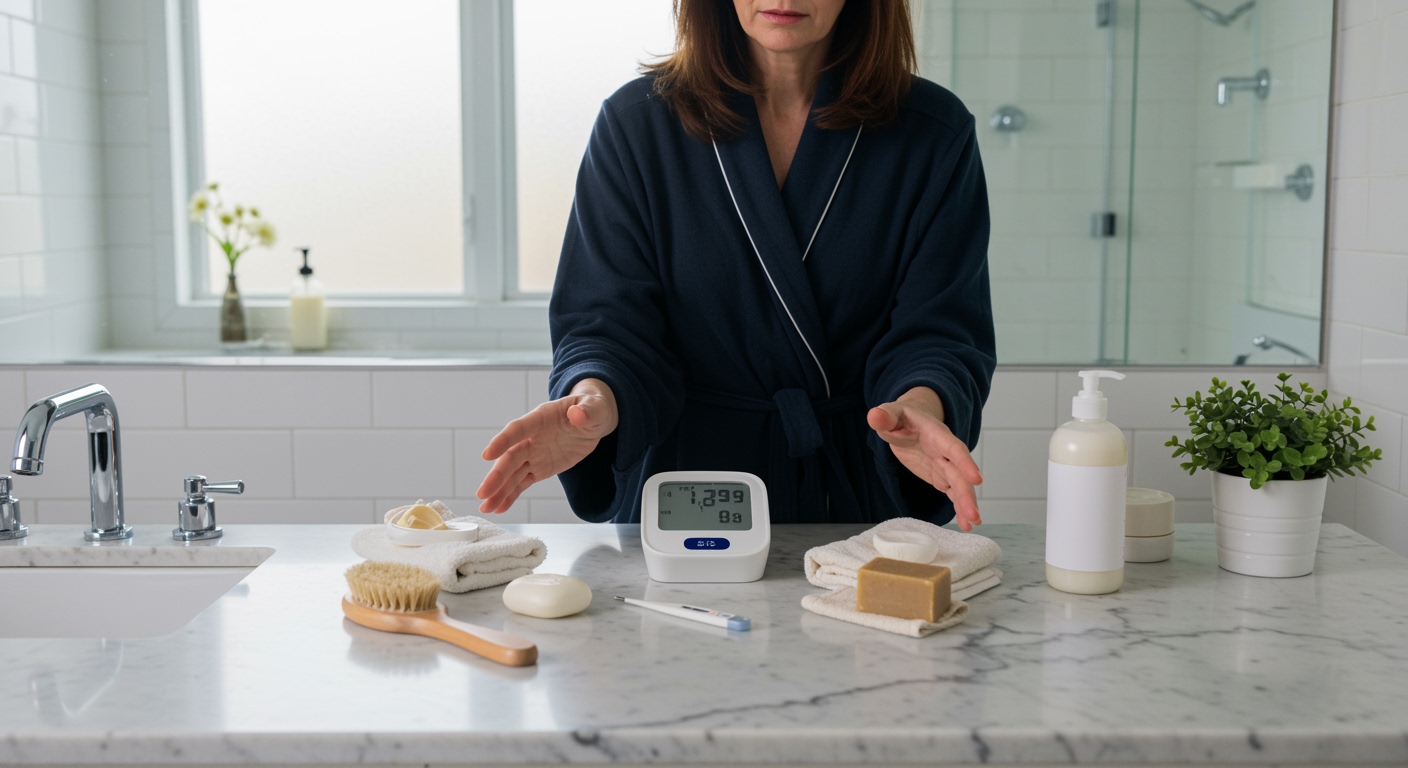✪ Key Takeaway: Licorice root actually raises blood pressure rather than lowering it, making it unsuitable for treating low blood pressure conditions.
Introduction
Your blood pressure readings show numbers lower than normal, and someone mentioned licorice root might help.
You might be asking this question because you heard conflicting information about licorice root and blood pressure, or perhaps you are looking for natural ways to manage your low blood pressure safely.
Hi, I am Abdur, your nutrition coach, and today I am going to explain exactly how licorice root affects blood pressure and whether it can help with your low blood pressure concerns.
How Does Licorice Root Actually Affect Blood Pressure?
Licorice root contains a powerful compound called glycyrrhizin that fundamentally changes how your body handles sodium and potassium.
This compound blocks an enzyme called 11β-hydroxysteroid dehydrogenase type 2, which normally protects your kidneys from excess cortisol activity.
When this enzyme gets blocked, your kidneys start retaining more sodium and losing more potassium than they should.
The extra sodium retention causes your body to hold onto more water, which increases the volume of blood flowing through your vessels.
This increased blood volume puts more pressure on your artery walls, leading to higher blood pressure rather than lower readings.
Research shows that consuming as little as 50 grams of licorice daily can cause significant blood pressure increases within just two weeks of regular use.
✪ Fact: Licorice root can raise systolic blood pressure by 3.1 mmHg and diastolic by 2.8 mmHg according to clinical studies.
What Happens When You Take Licorice Root With Low Blood Pressure?
If you have low blood pressure and take licorice root, you might initially feel like your symptoms are improving.
The sodium retention effect can temporarily raise your blood pressure closer to normal ranges, which might reduce dizziness or fatigue.
However, this improvement comes with serious risks that outweigh any potential benefits you might experience.
Your body loses potassium while retaining sodium, creating an electrolyte imbalance that can cause muscle weakness, irregular heartbeat, and other dangerous complications.
The blood pressure increase from licorice root is unpredictable and can easily overshoot your target range, potentially causing hypertension instead of normal blood pressure.
Long-term use can lead to a condition called pseudoaldosteronism, which mimics the effects of having too much aldosterone hormone in your system.
✪ Note: The FDA warns against using licorice root for blood pressure management due to unpredictable and potentially dangerous effects.
Are There Safer Natural Options For Low Blood Pressure?
Instead of risking the unpredictable effects of licorice root, you have several safer approaches to manage low blood pressure naturally.
Increasing your salt intake moderately through whole foods provides a more controlled way to raise blood pressure without the electrolyte disruption caused by licorice.
Staying properly hydrated helps maintain adequate blood volume, which supports healthy blood pressure levels throughout the day.
Eating smaller, more frequent meals prevents the blood pressure drops that often occur after large meals in people with low blood pressure.
Compression stockings can help improve blood circulation from your legs back to your heart, reducing symptoms like dizziness when standing up.
Regular exercise, particularly activities that strengthen your cardiovascular system, helps your body maintain more stable blood pressure readings over time.
✪ Pro Tip: Gradually increase your daily salt intake by 1-2 grams while monitoring your blood pressure response for safer management.
When Should You Avoid Licorice Root Completely?
Certain health conditions make licorice root particularly dangerous and should be avoided completely regardless of your blood pressure status.
People with kidney disease cannot properly regulate sodium and potassium balance, making the effects of licorice root potentially life-threatening.
Heart conditions, especially those involving irregular rhythms, become much more dangerous when combined with the electrolyte imbalances caused by licorice root.
Pregnancy makes licorice root consumption risky because it can affect hormone levels and potentially harm both mother and baby.
If you take medications for blood pressure, diabetes, or heart conditions, licorice root can interfere with their effectiveness and create dangerous interactions.
Even healthy individuals should limit licorice consumption to avoid developing the side effects associated with long-term glycyrrhizin exposure.
✪ Fact: European regulations limit glycyrrhizin content in foods to prevent accidental overconsumption and related health risks.
The Bottom Line
Licorice root raises blood pressure rather than lowering it, making it an inappropriate and potentially dangerous choice for managing low blood pressure.
Health should never be a gamble with unpredictable natural compounds when safer, proven methods exist, and this principle applies especially to managing blood pressure conditions that affect your daily life.
I would love to hear about your experiences with natural blood pressure management or any questions you might have about safer alternatives in the comments below.
References
At NutritionCrown, we use quality and credible sources to ensure our content is accurate and trustworthy. Below are the sources referenced in creating this article:
- PMC: Licorice and its potential beneficial effects in common oro-dental diseases
- Nature: Liquorice-induced hypertension – a new understanding of an old disease
- PMC: An Evidence-Based Systematic Review of Licorice Root by the Natural Standard Research Collaboration
- Reliant Medical Group: Medical Mythbuster: Can eating black licorice really increase your blood pressure?





